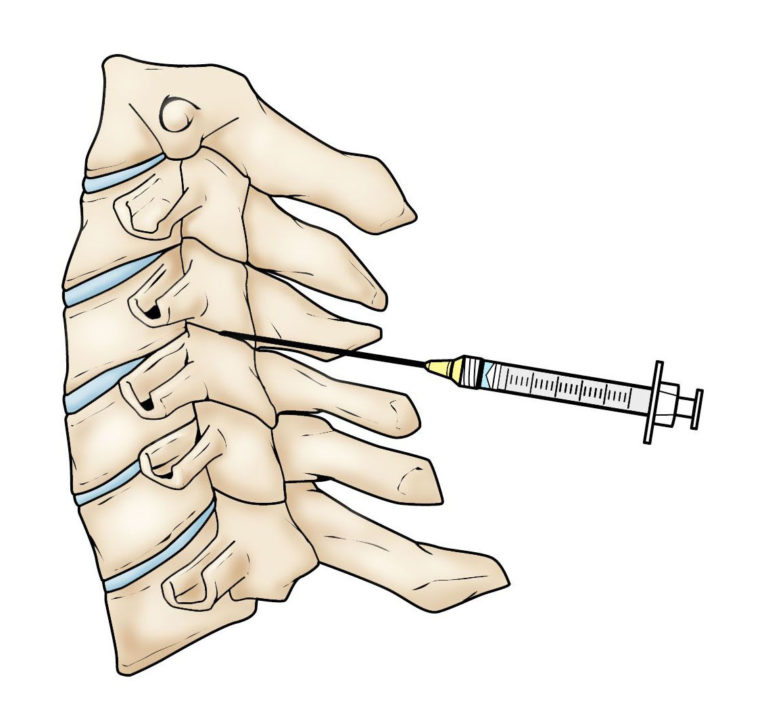

The typical pattern observed during sustained contractions is a decrease in spectral variables with time and an initial increase in signal amplitude prior to the onset of mechanical fatigue (1).Ĭervical radiculopathy (CR) is often described as neck pain with radiating pain into 1 or both arms and the symptoms are related to dysfunctional cervical spinal nerve root(s), and neurological symptoms, such as numbness, muscle weakness and inhibited reflexes in the arms, are usually present. The most frequently monitored surface EMG variables during the assessment of myoelectric manifestations of fatigue are spectral variables, such as the mean or median frequency (MDF), amplitude variables, such as the average rectified value (ARV) or root mean square. The analysis of myoelectric manifestations of fatigue provides important information about physiological changes developing in the muscle (1). E-mail: Epub ahead of print Aug 5, 2016ĭistinct modifications of the surface electromyography (EMG) signal can be identified during sustained voluntary muscle contractions.

Key words: cervical radiculopathy electromyography endurance fatigue pain training.Ĭorrespondence address: Åsa Dedering, Allied Health Professionals Function, Karolinska University Hospital, SE-171 76 Stockholm, Sweden. For the neck-specific training group, splenius capitis was less active during neck flexion at both follow-ups ( p < 0.01), indicating reduced muscle co-activation.ĬONCLUSION:Both specific and general exercise increased neck flexor endurance, but neck-specific training only reduced co-activation of antagonist muscles during sustained neck flexion.

No change was identified for the slope of the median frequency. RESULTS:A significant increase in neck flexor endurance time was observed for both groups at 14 weeks compared with baseline and this was maintained at the 12-month follow-up ( p < 0.005). Time to task failure, amplitude and median frequency of the electromyography signal, and subjective fatigue and pain ratings were analysed in 50 patients who completed at least one follow-up. Immediately after the intervention and 12 months later, surface electromyography was recorded from neck flexor and extensor muscles during neck endurance tests. METHODS: Patients underwent neck-specific training in combination with a cognitive behavioural approach or prescribed physical activity over a period of 14 weeks. SUBJECTS/PATIENTS:Seventy-five patients with cervical radiculopathy.

OBJECTIVE:To compare short- and long-term changes in neck muscle endurance, electromyography measures of neck muscle activation and fatigue and ratings of fatigue and pain after neck-specific training or physical activity in people with cervical radiculopathy.


 0 kommentar(er)
0 kommentar(er)
